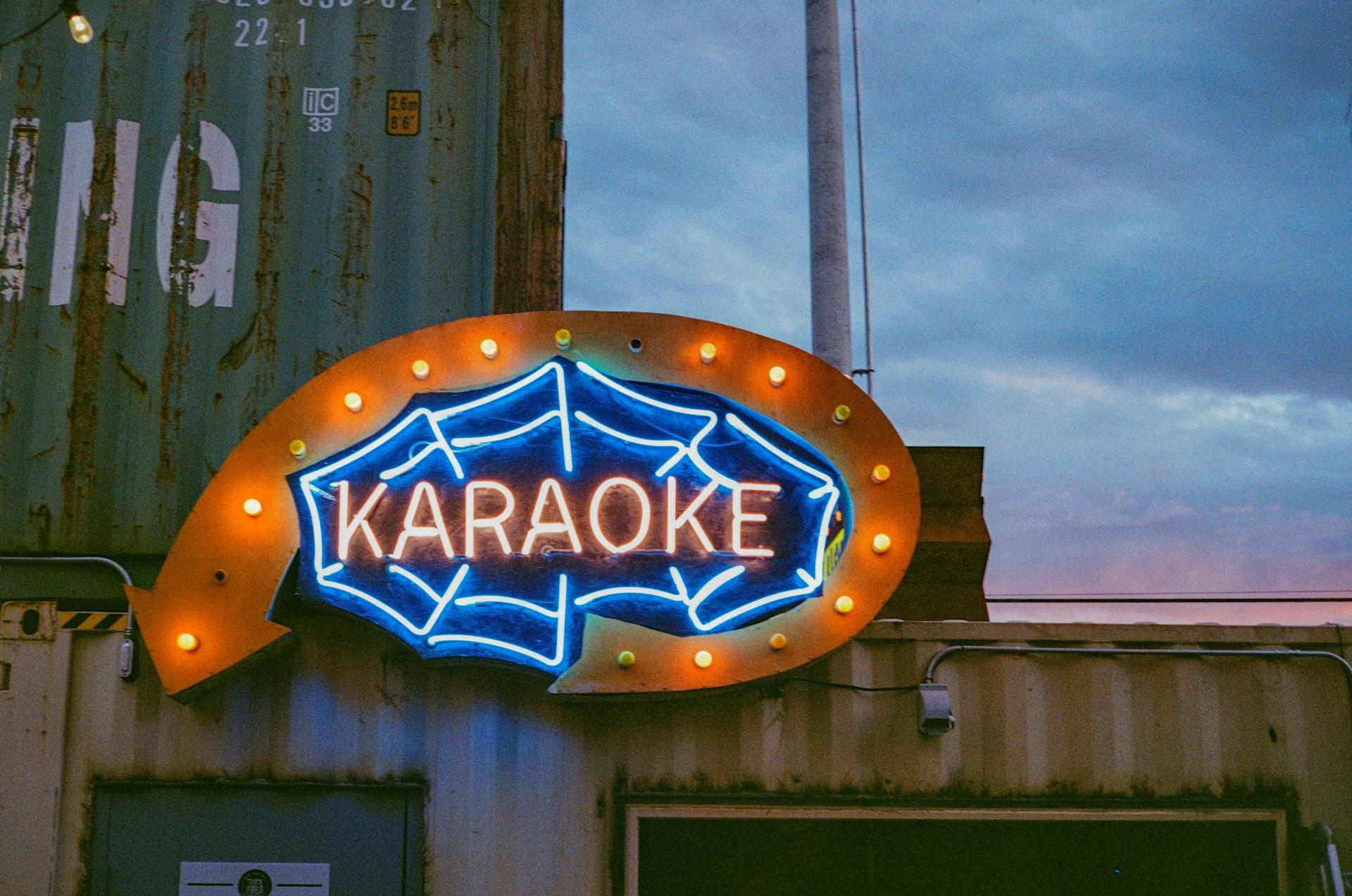Originating in Japan, karaoke is a hugely popular activity in its native country, across large parts of Asia, and worldwide. Let's see how a humble singalong became one of the world's most popular nights out.

A Brief History of Karaoke
Behind each karaoke party and all the fun is a fascinating history you probably didn't know about. This musical form of entertainment originated in Japan around the 1960s and 1970s.
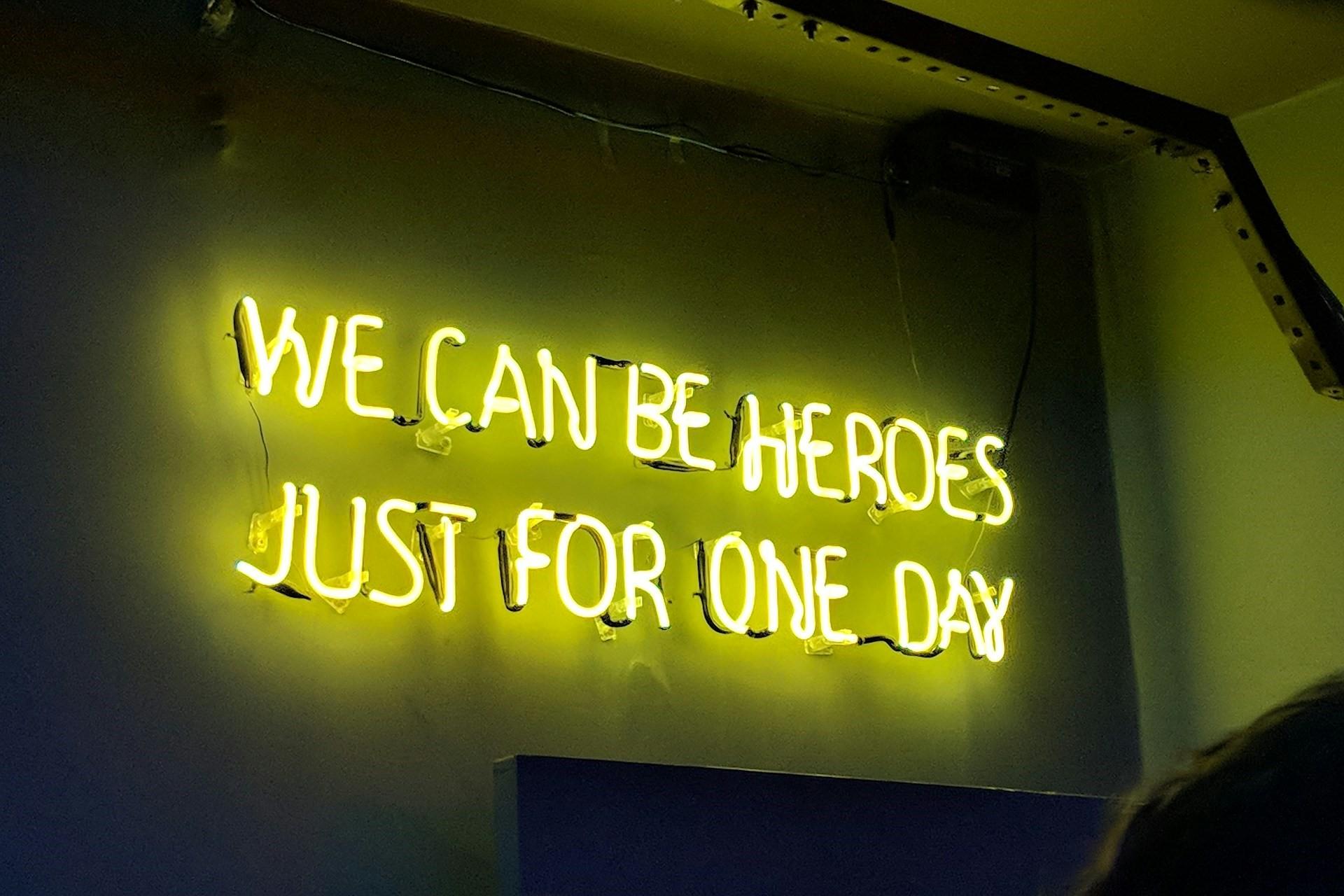
The word karaoke comes from Japanese; kara means empty, and ōke is short for ōkesutora, which means orchestra. Thus, karaoke is called an "empty orchestra," which implies the goal of the karaoke machine.
There is a device that will provide the instrumental part of a song (or a selection of songs), and any person sings the lyrics as the music plays.
The Invention of Audio-visual Machines
During the decade of the 60s, there was a popular series called Sing Along with Mitch. The show had a characteristic song and lyrics on the bottom of the screen to invite others to sing along with Mitch Miller, the show's host.
This karaoke-like TV show introduced the idea of having an audience singing along to songs by putting lyrics on the screen or video.
The TV show Sing Along with Mitch in the 1960s popularized the idea of displaying lyrics on a screen for sing-along sessions.
As technology developed, the need for a portable music system grew, and with this, music's availability in everyday life. However, the history of karaoke dates back to the 1960s and 1970s, when music became a huge part of life. This ultimately led to creating a sort of entertainment unit and transforming sing-along fun into an actual party with karaoke machines.
The Karaoke Machine
To this day, there are many disputes about who came up with the name first. The popular belief is that the first machine was invented by a Japanese musician named Daisuke Inoue in Japan in 1971.
During this decade, karaoke became very popular in Japan, and then, during the 1980s, it spread to Asia and the rest of the world.
karaoke facilities!
Inoue was a very popular Japanese musician who used to perform at a bar called Utagoe Kissa. Frequent customers asked him if he could provide recordings of his performances so that they could sing along at home, on work trips, and more. With the potential of a new market, the musician made a tape and rented out the machines.
Quickly find out more about Inoue and his invention with this great video.
At first, buyers weren't much into the idea simply because renting out a machine was too expensive, and singing along at home wasn't the same as the incredible atmosphere of a live performance. However, with time, they started to appeal to restaurants and hotel rooms, and in no time, a new business called karaoke boxes emerged.
In 2004, Daisuke Inoue was awarded the Ig Nobel Peace Prize, a satirical award, for inventing karaoke because it created "a new way for people to learn to tolerate each other".
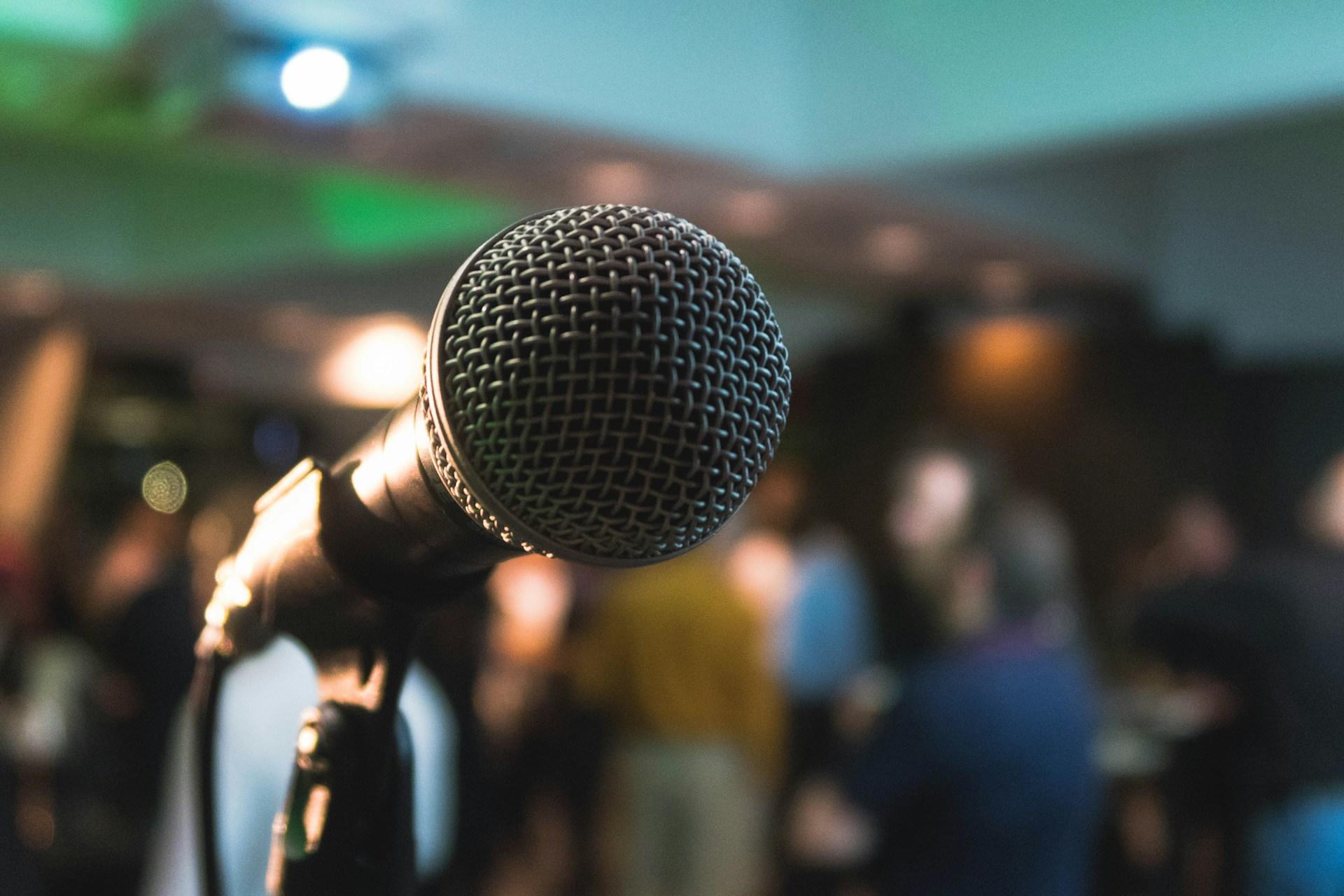

Patents for the Karaoke Machine and the 1990s
As we mentioned above, there are disputes around the word karaoke, and this is because Inoue never bothered to patent his invention (if he had, he would have become a wealthy man).
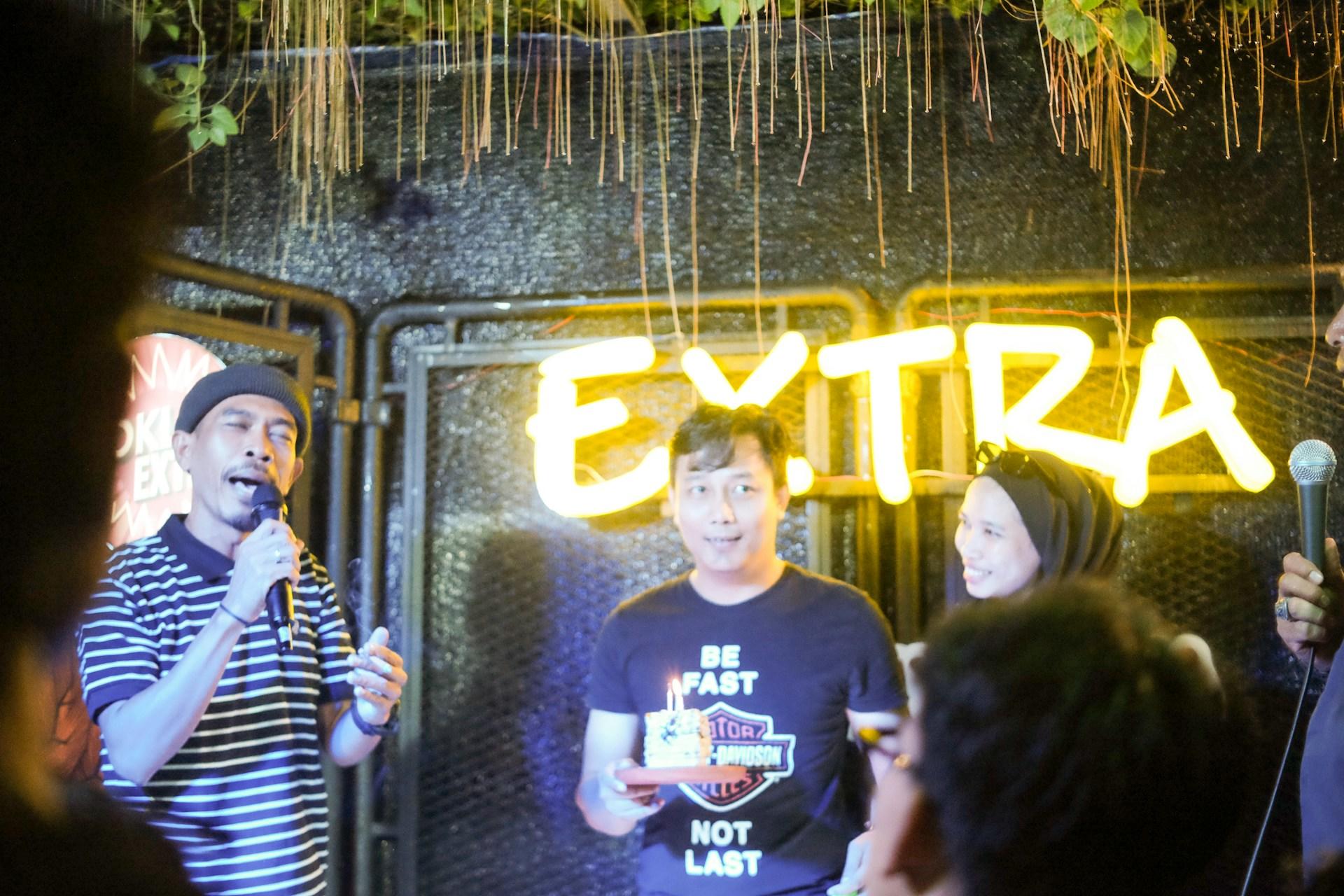
In 1975, a Filipino inventor, Roberto del Rosario, developed a sing-along system and patented it in the 1980s. He then named it "Minus-One," but now it is known as the karaoke machine, a patent del Rosario now owns.
The "Minus-One" system became very popular in the Philippines, where karaoke is popular. This is mainly because Filipinos like to take their music wherever they go, which means that if they travel, the machine will travel with them, too.
Del Rosario fought many battles in court, but his quick action to create the patent was hugely helpful, and each time, the lawsuits were awarded in his favor.
Filipino inventor Roberto del Rosario patented the "Minus-One" karaoke machine in the 1980s, ensuring its global expansion and legal recognition.
Karaoke soon became very popular in Asia (South Korea, China, and more) and then spread to the English world: the United States, Canada, Australia, and other Western countries.
As soon as the novelty passed, the machines lost popularity in the US and Canada. This is why they adapted the karaoke machines and turned them into theater systems. These home theater systems were a huge hit in the market, and karaoke became a side feature in the machines.
After this, a huge market took notice of the karaoke machines, which are owned by nightclubs and bars. Today, karaoke boxes, bars, and nights are very popular worldwide, where goers can have some fun and become singers for one night by singing to their favorite lyrics displayed on a video as the music plays.
Have you been paying attention?
What does "karaoke" mean in Japanese?
Karaoke Today
The next time you go out with friends to a karaoke night, you can share some of these fun facts with them all while enjoying the many benefits of a karaoke night.
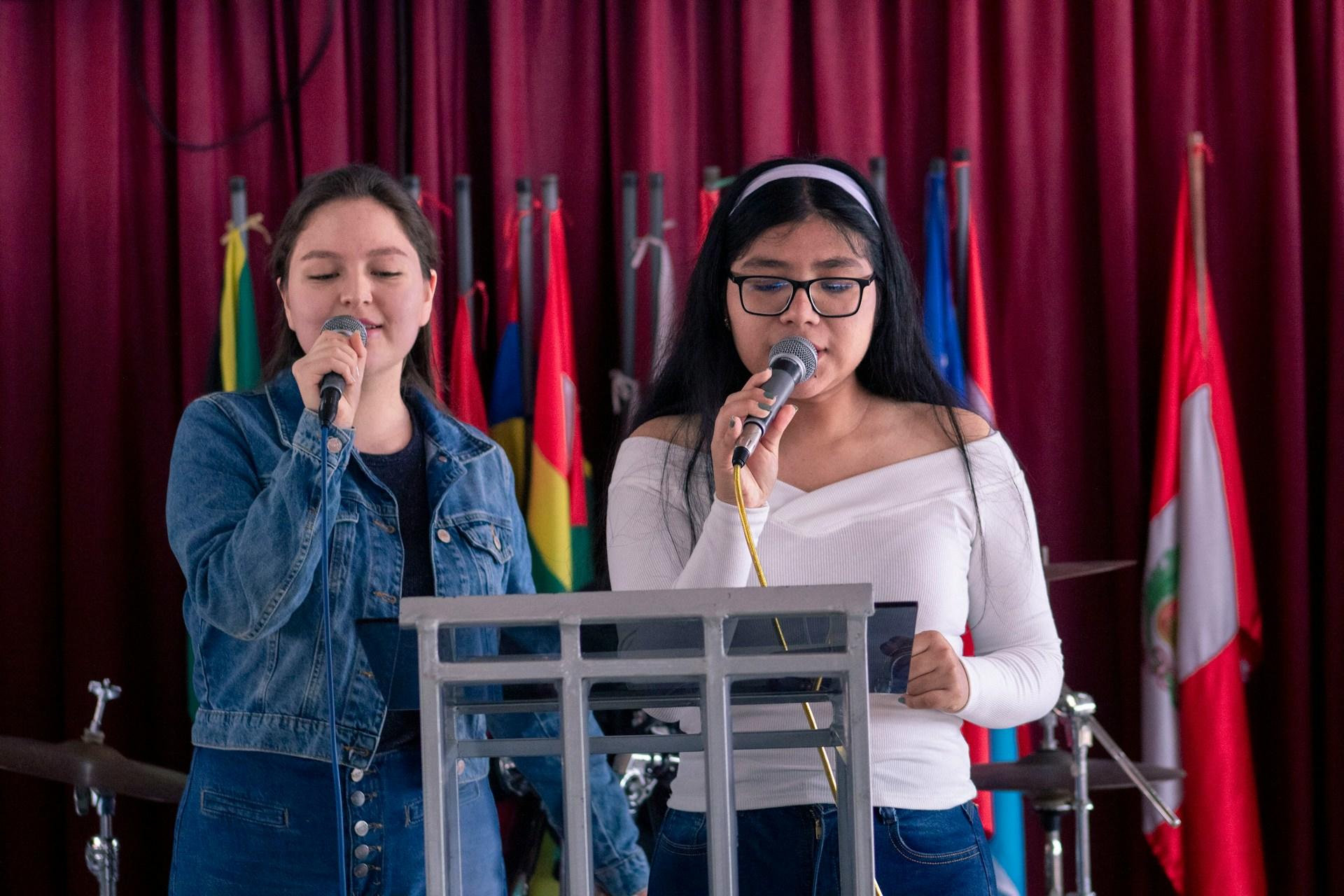
As we can see, karaoke was not about a person with a microphone singing a song; it was about a musician wanting to be closer to his audience and finding a way to sing with them.
Karaoke has enabled a generation of talented singers to go from unknown and singing in their showers to singers who have no problem picking up a microphone and performing their favorite tracks in front of their families, friends, and strangers at a bar.
Karaoke apps and home theater systems have modernized the experience, making karaoke accessible to casual and professional singers worldwide.
As we can see, karaoke was such an extraordinary form of entertainment that it soon left Japan and later South Korea and conquered the world, literally one song at a time.
We hope learning about the word's meaning will help you bring out the singer in you the next time you enjoy a karaoke night at home or in a lounge.
1960s
"Sing Along with Mitch"
A TV show popularized sing-alongs by displaying lyrics on-screen, paving the way for karaoke.
1970s
The Birth of Karaoke
Japanese musician Daisuke Inoue invented the karaoke machine, introducing a new form of entertainment.
1980s
Karaoke Goes Global
Karaoke spread from Japan to the rest of Asia and the world, becoming a cultural phenomenon.
1990s
Patents and Expansion
Roberto del Rosario patented the karaoke machine, "Minus-One," expanding its use worldwide.
2000s
Karaoke Boxes and Bars
Karaoke became a global nightlife staple with dedicated karaoke bars and private boxes.
Modern Day
Digital Karaoke Evolution
Karaoke thrives with apps, home theater systems, and global popularity in both casual and professional settings.
Karaoke's Social Impact
Karaoke is far more than just entertainment. It's a social activity that almost everybody can enjoy. In its native Japan, karaoke boxes offer spaces for coworkers, friends, and families to get together and connect through singing. Across the world, karaoke nights are a popular staple in bars, creating inclusive environments where seasoned singers and first-timers can enjoy their favorite songs and enjoy the spotlight.
It's been shown that karaoke reduces stress, improves mood, and strengthens social connections, so you have no excuse not to attend your next local karaoke night. If you're nervous about singing karaoke, consider starting small, in a private setting or in a karaoke box with close friends who'll be supportive.
You can also practice at home as you build your confidence and find which songs are right for you. Whether on your own (or with a private tutor), you can choose a song within your range, remembering that it's for fun, not a singing competition. You may also want to sing a duet with a friend, particularly one who's confident and supportive.
Improve Your Singing with a Private Tutor
While most karaoke is a light-hearted affair and it's more about the fun of singing to your favorite songs rather than singing perfectly in key, you can always improve your singing with a private tutor. For those seeking structured guidance, exploring singing lessons chicago can be a great starting point.
Luckily, there are plenty of singing tutors on the Superprof website. A tutor can help you learn classic pop songs or even the most popular Japanese songs for an authentic experience in a karaoke bar in Kobe.
There are face-to-face tutors available nationwide and even online tutors who can help you from anywhere in the world. Residents of Austin may further benefit from personalized singing lessons austin to refine their vocal skills.
Just search for "singing" on the Superprof website today!
If you're in San Diego and looking to refine your voice further, consider checking out singing lessons san diego for personalized tutoring.

